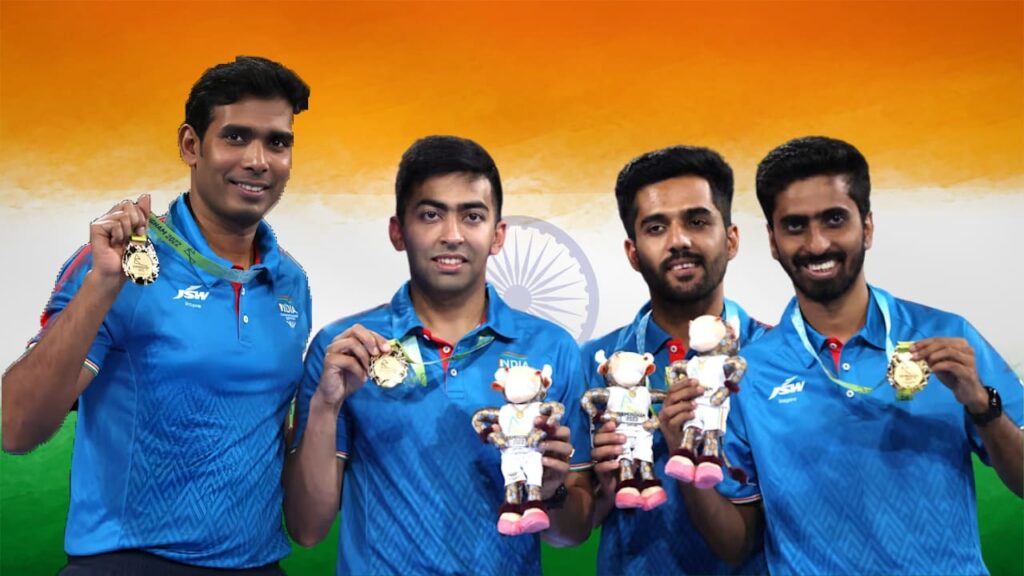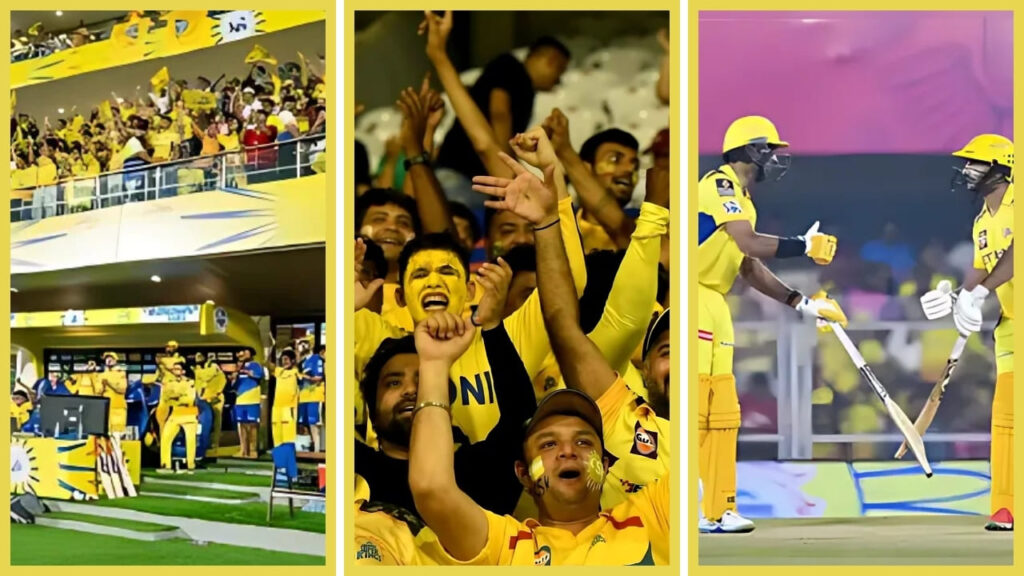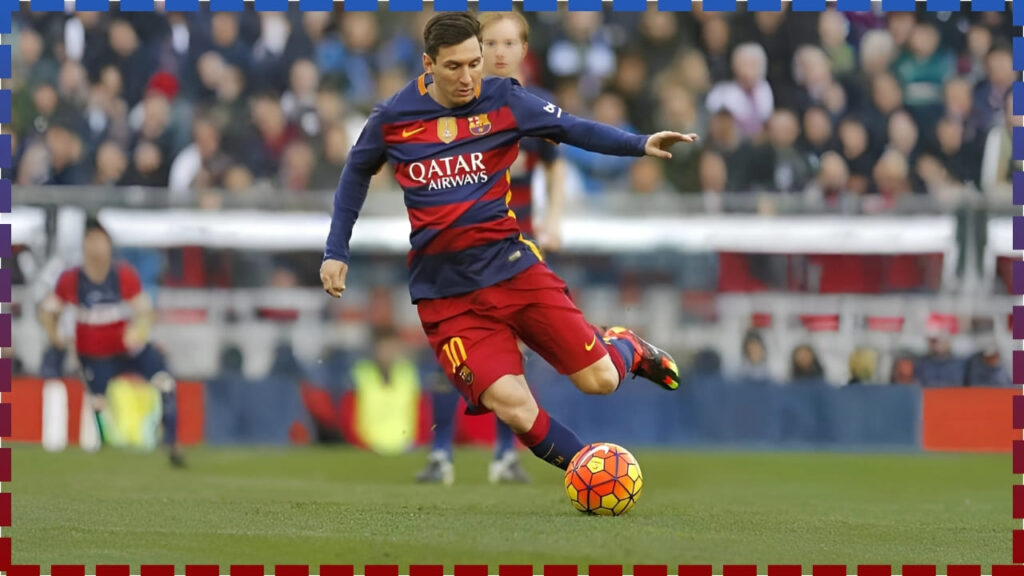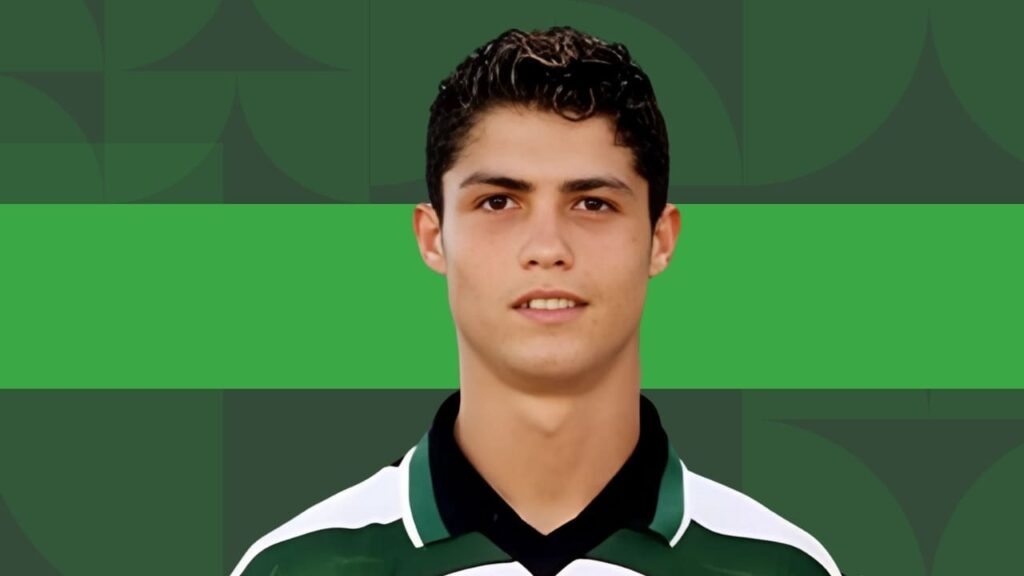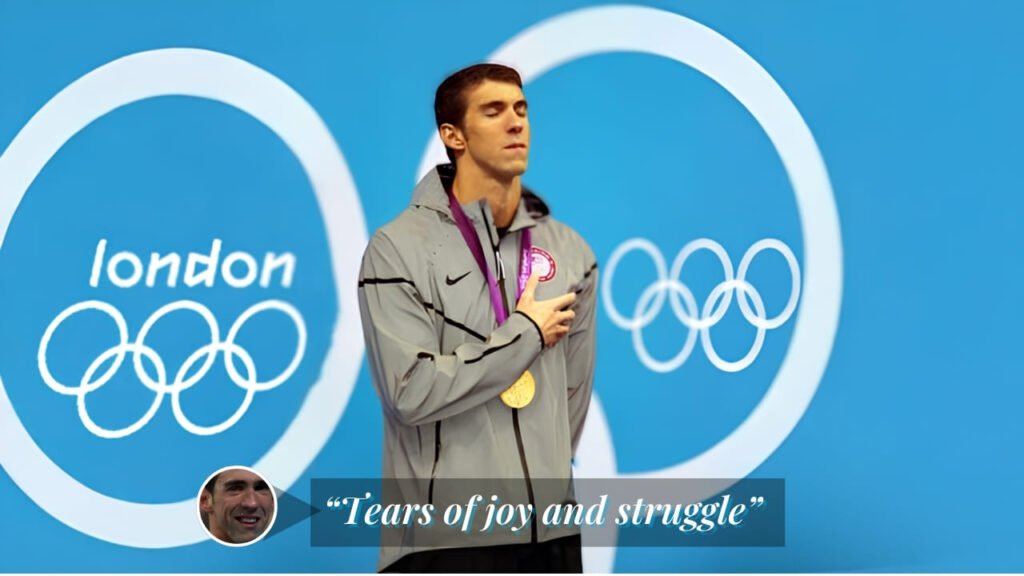Indian Sailing at the 2022 Asian Games: A Historic Medal Haul
Advertisement Home Indian Sailing at the 2022 Asian Games: A Historic Medal Haul By Ritu Chadha Updated on May 18, 2025 IST 12:37 pm Picture this: the sun dips low over the Ningbo Xiangshan Sailing Centre, painting the water with hues of gold. The air buzzes with anticipation as the final races of the 2022 Asian Games sailing events unfold. For India’s sailing team, this isn’t just another competition—it’s the moment they’ve trained for, the culmination of years of grit and dreams. And when the waves settle, India stands tall with three medals: one silver and two bronze. It’s a historic haul, a triumph that whispers of a new era for Indian water sports. “Asian Games 2022: India’s Young Sailors Shine with Silver and Bronze”—a hook that captures the heart of a nation. In a land where cricket reigns supreme, this achievement feels like a rare monsoon shower—unexpected, invigorating, and brimming with promise. It’s not just about medals; it’s about the quiet rise of a sport that’s long sailed in the shadows. For the Indian audience—teens dreaming big and adults seeking inspiration—this is a story worth celebrating. Let’s dive into the details of India’s sailing success, meet the athletes who made it happen, and explore why this moment could redefine Indian sports. Medal Wins: Riding the Waves to Glory The 2022 Asian Games, held in Hangzhou, China, were a proving ground for India’s 16-member sailing team. Competing in 12 of the 14 events, they returned with three medals—each one a tale of skill, strategy, and sheer determination. Here’s how they conquered the waters: Neha Thakur: Silver in Girl’s Dinghy ILCA4 At just 17, Neha Thakur became the face of India’s sailing resurgence. Competing in the girl’s dinghy ILCA4 event, she sailed through 11 races with the poise of a veteran. The ILCA4, a single-handed dinghy, demands precision and endurance—qualities Neha displayed in spades. She finished with a net score of 27 points, clinching silver behind Thailand’s Noppassorn Khunboonjan. “I couldn’t believe it when I crossed the finish line,” she later shared, her eyes sparkling with pride. That silver wasn’t just a medal—it was India’s first sailing prize at the Games, a spark that lit the way for more. Imagine the scene: a young girl from Bhopal, battling gusty winds and seasoned competitors, her boat slicing through the waves. It was one of those viral sailing moments that had fans back home buzzing on social media. Neha’s triumph wasn’t just personal; it was a national sports highlight, a testament to what India’s youth can achieve. Vishnu Saravanan: Bronze in Men’s Dinghy ILCA7 Next up was Vishnu Saravanan, a 24-year-old Olympian with salt water in his veins. In the men’s dinghy ILCA7 event—a step up from the ILCA4 in size and challenge—he faced Asia’s finest. Over 10 races, Vishnu’s skill shone through, earning him a net score of 34 points and a bronze medal. He missed silver by a single point, a near-miss that only fueled his fire. “Every race was a fight,” he said, “but bringing home a medal makes it all worth it.” The final race was canceled due to tricky winds, leaving Vishnu’s bronze as a hard-earned reward. For fans, it was a rollercoaster—cheering his steady climb, then holding their breath as the podium hung in the balance. His performance added another layer to India’s sailing medals story, proving that experience and heart can steer the toughest courses. Eabad Ali: Bronze in Men’s Windsurfer RS:X Then there’s Eabad Ali, whose bronze in the men’s windsurfer RS:X event was a masterstroke of resilience. Windsurfing is a beast of a sport—part sailing, part surfing, all grit. Across 14 races, Ali battled unpredictable winds and fierce rivals, finishing with a net score of 52 points. He trailed Korea’s Wonwoo Cho and Thailand’s Natthaphong Phonoppharat but held his own. “There were moments I thought I’d lose it,” he admitted, “but I kept pushing—for India.” His comeback after two DNFs (did not finish) was the stuff of legend. Picture him carving through the waves, board tilting, muscles straining—a snapshot of sports glory that deserves to go viral. Eabad’s bronze rounded out India’s haul, cementing the team’s place in Asian Games history. These wins weren’t just podium finishes; they were moments that rippled across India, igniting pride in a sport few had followed before. The sailing medals at the 2022 Asian Games became a trending topic, a beacon of what’s possible when talent meets tenacity. Athlete Profiles: The Heroes of the High Seas Who are these sailors who turned the tides for India? Let’s peel back the layers and meet the humans behind the hardware: Neha Thakur: The Rising Star Neha Thakur’s story starts in Bhopal, far from the coast, at the National Sailing School. At 10, she hopped onto her first boat, and there was no looking back. “The water felt alive,” she recalls, a smile breaking through. Under coach Narendra Singh Rajput, she honed her craft, winning silver at the 2022 Asian Sailing Championships before the Games. But the Asian Games were her Everest—a chance to prove herself on a bigger stage. Her family’s support was unwavering, even when money was tight. “My parents sold a piece of land to fund my training,” she says quietly. That sacrifice paid off when Neha’s silver medal flashed across TV screens, inspiring kids—especially girls—to dream of sailing. At 17, she’s not just an Indian athlete; she’s a symbol of youth and possibility. Vishnu Saravanan: The Seasoned Sailor Vishnu Saravanan, from Tamil Nadu, is a name etched in Indian sailing lore. He made history as the first Indian to race in the ILCA7 at the Tokyo 2020 Olympics. “Tokyo taught me how to lose and keep going,” he reflects. That lesson fueled his bronze at the Asian Games. Training off Chennai’s coast, he spends six hours a day on the water, perfecting every tack and turn. His journey hasn’t been smooth— injuries and funding woes tested him—but Vishnu’s resolve is ironclad. “I want to be in


